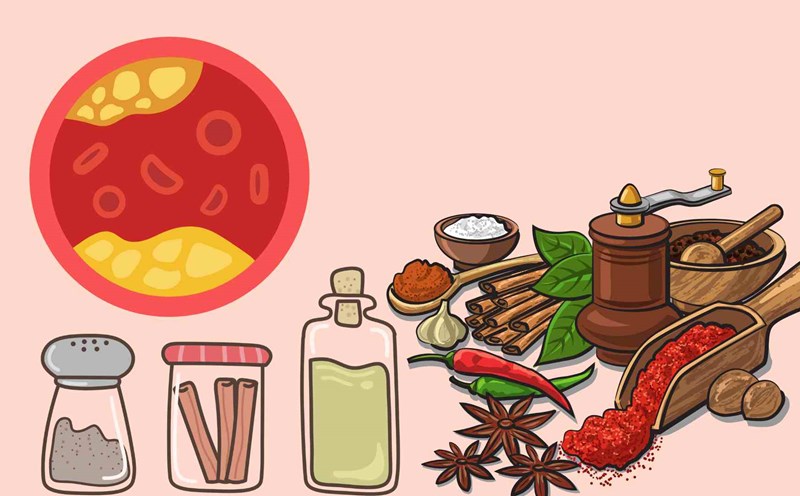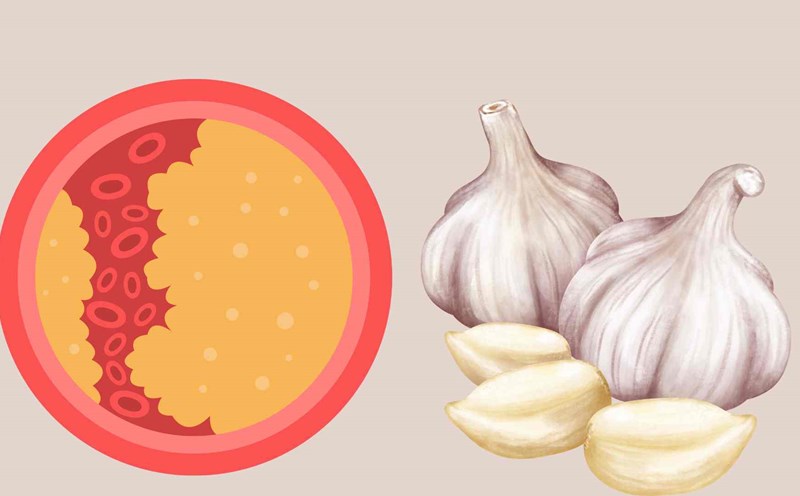Starch is an essential part of the daily diet, but unreasonable consumption of starch can contribute to increased blood fat. However, using starch scientifically and reasonably is not only harmless but can also help reduce blood fat effectively.
First of all, it is necessary to distinguish between good starch (complex carbohydrates) and bad starch (smooth carbohydrates). Good starches are found in foods such as brown rice, oats, sweet potatoes, beans and whole grains. They are high in fiber, which helps slow down the absorption of sugar into the blood, thereby reducing insulin secretion - a factor closely related to liver fat synthesis and hyperlipidemia.
According to research by the American Heart Association, a diet rich in starch-based soluble fiber helps reduce LDL-cholesterol (bad cholesterol) in the blood by 5-10%. For example, oats contain beta-glucan, a type of soluble fiber that has been shown to effectively reduce blood fat if consumed about 3g per day.
The method of eating starch in reasonable order is very important. In meals, eating vegetables first, then protein and finally starch can also help reduce the peak blood sugar after eating up to 30-40%, thereby indirectly reducing fat accumulation in the blood.
In addition, reducing total starch intake and dividing it evenly throughout the day, combined with physical exercise, will optimize lipid metabolism.
To effectively reduce blood fat, it is necessary to choose good starch, prioritize whole foods, eat in order and combine a healthy lifestyle. This is a scientific, sustainable and safe strategy instead of completely cutting out starch, which can easily cause metabolic disorders in the long run.











